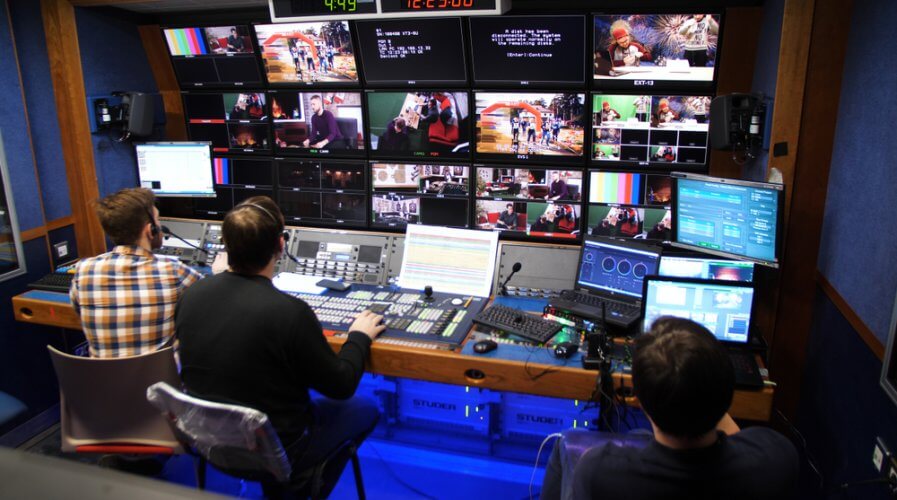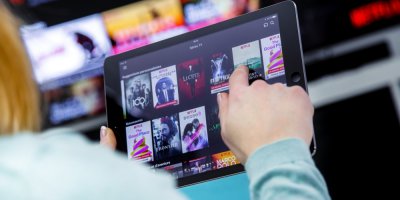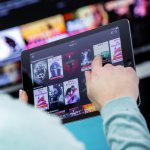
Broadcasters can use data to create unique stories that appeal to their audience. Source: Shutterstock.
Driving content with data from unexpected sources
STORIES can come from the most unexpected places, sometimes from seemingly irrelevant information.
Unique stories set broadcasters apart from other players, especially with the right audience. Using data analytics, broadcasters can uncover new stories that would appeal to their audiences.
Broadcasters are powerful. They have the ability to reach and impact large parts of the community more effectively than other forms of communication.
This makes data even more important; broadcasters need to understand how to best use their reach to make a positive impact in the community. Data analytics can help drive that.
In an interview with Tech Wire Asia, Global Head of Waze for Broadcasters, Mona Weng, detailed how broadcasters can use data to improve their reach and impact towards communities.
“There are many new stories that can be uncovered and shared through appropriate analysis of big data,” Weng said.
One such example is using traffic data. During the Hari Raya season, traffic is a major concern for the population in Indonesia and Malaysia. Local broadcasters are able to obtain data on traffic prediction to inform road users of best and worst times to leave capital cities.
In this case, broadcasters were able to use historical traffic data to create content that suits their audience’s interest. The content also benefitted the viewers, allowing them to plan their schedules ahead.
It’s not just traffic. Other sources of data, such as demographics, device usage, habits, ratings, and viewer preferences can drive similar results.
Some of the common themes explored by the Singaporean public, for instance, are “Which roads do you save the most time with ERP?”, “What are the most dangerous routes in Singapore?”, and “When are the best/worst times to drive?”.
These are all stories that rely heavily on accurate data, which will help broadcasters differentiate themselves in the market.
“Broadcasters should harness data to power their emergency updates, local stories, and investigative content,” she suggested.
The stories themselves are also useful sources of data. Broadcasters can use airtime data to obtain key insights, such as which stories were most effective, which devices their audiences used to view, which delivery format generated the most buzz, etc.
Over time, the data helps broadcasters optimize their content delivery, allowing them to create effective targeted content, as well as measure its effectiveness.
For broadcasters looking to make full use of their data, Weng will be speaking at the ConnecTechAsia Summit in Singapore later this month to provide broadcasters with some tips.
To start, she advised broadcasters to use data analytics to understand their audience. They should use data to learn what content resonates most with viewers and optimize the content accordingly.
Following that, she recommended companies to focus on contextualizing data into insightful, compelling content.
“In an ideal world, broadcasters can use data to provide & power the best content on the best device, at the best time, to the right people,” Weng explained.
Broadcasters that can fully utilize the potential of big data, will be able to process, analyze, and transform it into useful insights about their audiences.
Ultimately, this will translate to higher customer satisfaction and loyalty, which will drive viewership and business value.
READ MORE
- Ethical AI: The renewed importance of safeguarding data and customer privacy in Generative AI applications
- How Japan balances AI-driven opportunities with cybersecurity needs
- Deploying SASE: Benchmarking your approach
- Insurance everywhere all at once: the digital transformation of the APAC insurance industry
- Google parent Alphabet eyes HubSpot: A potential acquisition shaping the future of CRM




